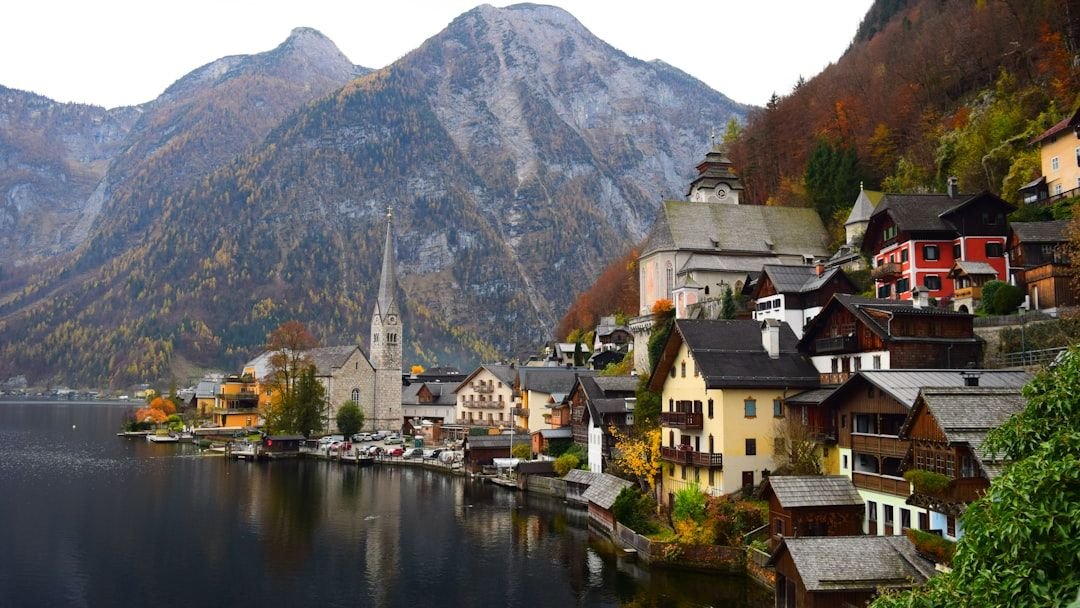The Staggering Hotel Price Explosion
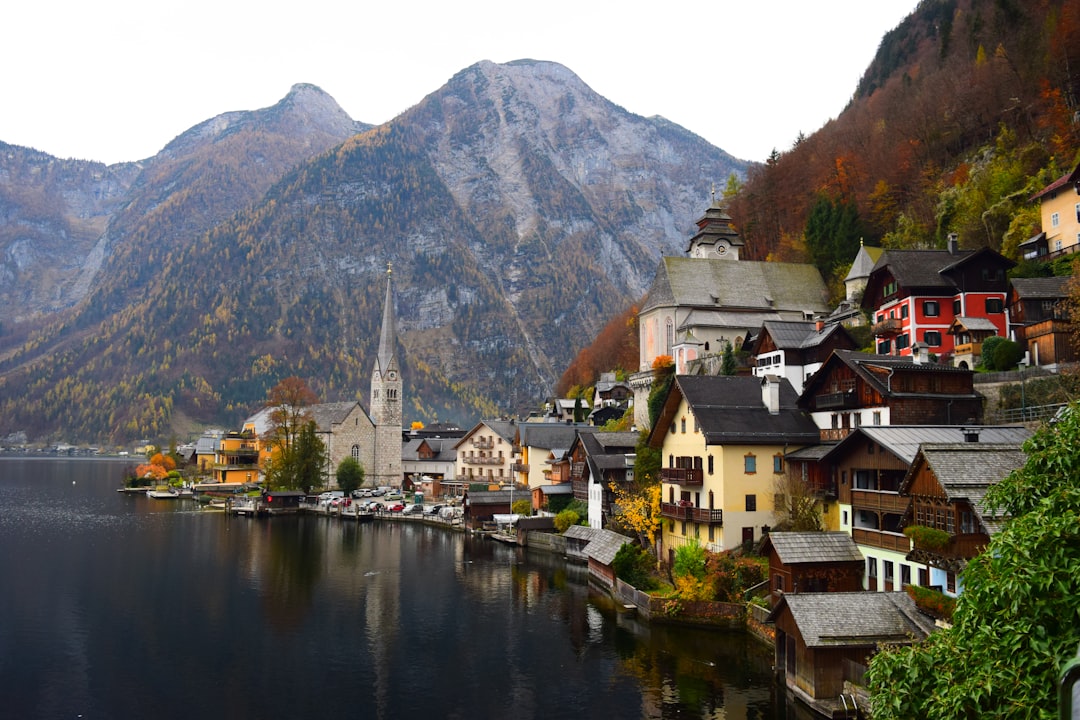
European hotels have simply priced out average travelers. Tom Jenkins, the CEO of the European Tourism Association, said that European hotel prices have grown by a compound rate of 15-20 per cent. Hotels that once charged reasonable rates now command premium prices without delivering premium value.
The numbers are genuinely shocking when you dig deeper. Room prices at luxury European hotels have skyrocketed into the high four- and five-figure range, with what used to cost you around $600 now approaching ten times that amount. Even mid-range properties are charging luxury prices, leaving travelers with expensive accommodations that don’t match their previous experiences.
In September 2024, the inflation rate for hotels, motels, inns, and similar accommodation establishments in the European Union was 4.8 percent, which might sound modest until you realize this compounds on already elevated base prices. The reality is that accommodation costs have fundamentally shifted upward, making budget-conscious travel nearly impossible.
Flight Costs That Defy Logic

Airfare to Europe has become a luxury expense rather than a reasonable travel cost. Europe continues to see high demand, with prices rising substantially by roughly twenty percent in 2025 alone. The combination of reduced aircraft availability and persistent demand has created a perfect storm for price increases.
After certain versions of Boeing 737-9 MAX jets were grounded over safety concerns in January 2024, the US Federal Aviation Authority imposed production restrictions on Boeing, hampering the company’s ability to meet delivery schedules. Airbus also struggled to stay on schedule due to a shortage of engines and other components. The resulting lack of new aircraft has impacted airlines all over the world, with not enough supply to meet customer demand, ultimately meaning higher prices for consumers.
What particularly frustrated me was discovering that average global airfare is predicted to rise significantly in 2025 according to industry forecasts, making European destinations increasingly unaffordable. Combined with baggage fees and other charges, a simple round trip now costs what a full vacation used to require.
Hidden Fees and Tourist Taxes
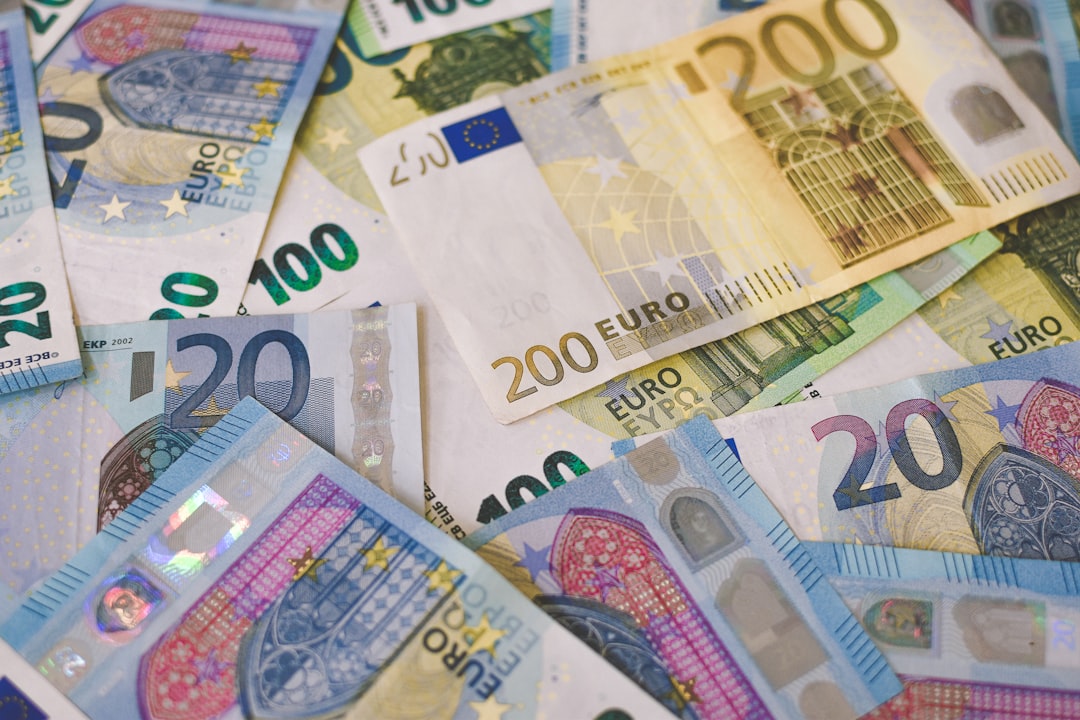
Europe has embraced tourist taxation with alarming enthusiasm. Tourist taxes have become common, and Thailand will join the 60-plus list of charging destinations from mid-2026. Meanwhile in Venice, the day-tripper tax introduced last April is reportedly under consideration for increases, with proposals to potentially double the current €5 charge for those who don’t pre-pay. These seemingly small additions quickly accumulate into substantial unexpected expenses.
The new ETIAS system adds another layer of costs. The EU is expected to launch its long-delayed version, the European Travel Information and Authorisation System (ETIAS), in 2026, creating yet another fee structure that travelers must navigate. While individual charges might appear modest, they compound rapidly across a typical European itinerary.
What troubles me most is how these fees target the very spontaneous travel that made Europe magical. Quick weekend trips or last-minute excursions become burdened with planning requirements and additional costs that remove the charm of European accessibility.
Alternative Destinations Offering Better Value

Smart travelers are discovering that exotic destinations now provide better value than traditional European holidays. People are looking at their traditional European holiday destinations for their families in the summer, and then perhaps having a quick look at Asian destinations like Thailand and the Maldives. And they are noticing that for the same sort of money, or maybe not a lot more anyway, they can actually go to one of these more exotic far-flung destinations, which gives them the perception that they’re actually getting better value for their money.
Hotel room rates advertised in Asia-Pacific are expected to be 11% lower in the first half of 2026 relative to the same period of 2025, creating a stark contrast with European pricing trends. Southeast Asia, Central America, and parts of Africa now offer luxury experiences at prices that European mid-range properties command.
The shift isn’t just about cost savings. These alternative destinations often provide more authentic cultural experiences, better weather, and superior service levels compared to increasingly touristy European hotspots that have priced themselves out of reasonable consideration.
The Package Holiday Price Shock
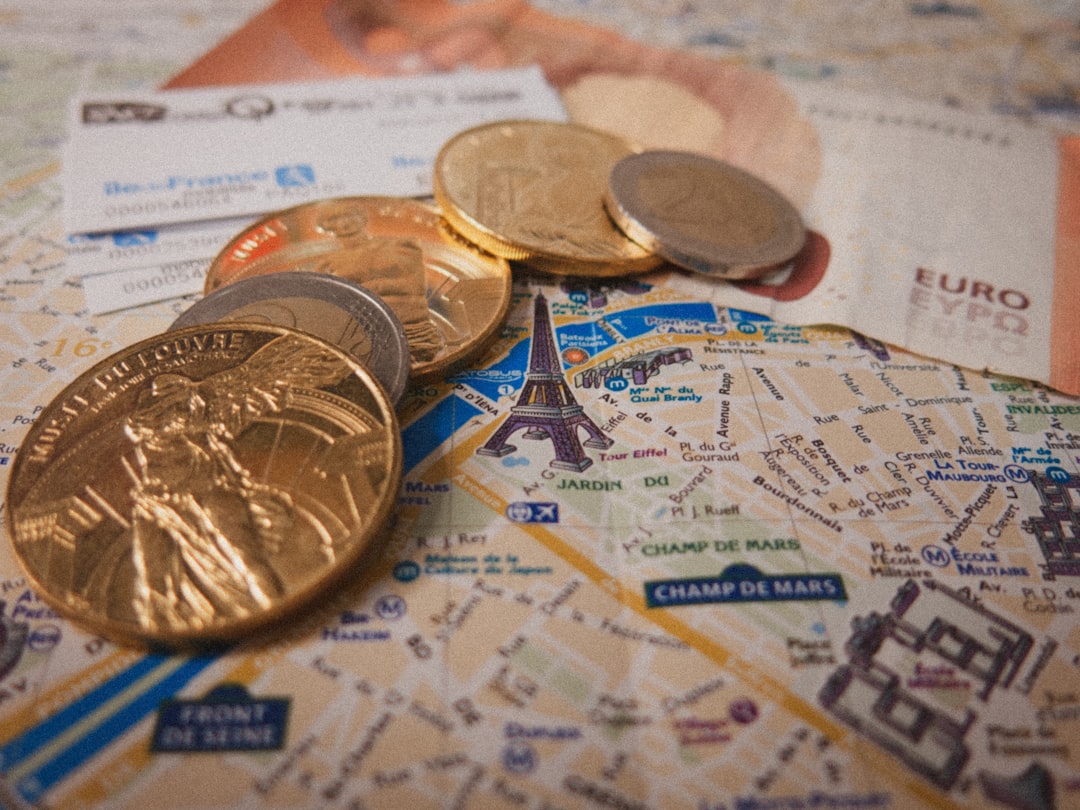
Package holidays, traditionally Europe’s budget travel solution, have become expensive propositions. Both local and international vacation packages now cost 10–12% more than in 2024, eliminating the cost advantages that once made organized European tours attractive options for budget-conscious travelers.
Various European destinations are experiencing significant price increases for package holidays, with some countries reportedly seeing increases of over 30%. Bulgaria followed with a 23.0% increase, ahead of Denmark with 12.0%. These aren’t minor adjustments but fundamental price restructuring that makes European packages uncompetitive.
Tour operators themselves are responding by steering customers toward long-haul destinations where value propositions remain more reasonable. The traditional European package holiday model is breaking down under its own pricing pressure, forcing travelers to reconsider their assumptions about affordable European travel.
Quality Versus Cost Mismatch
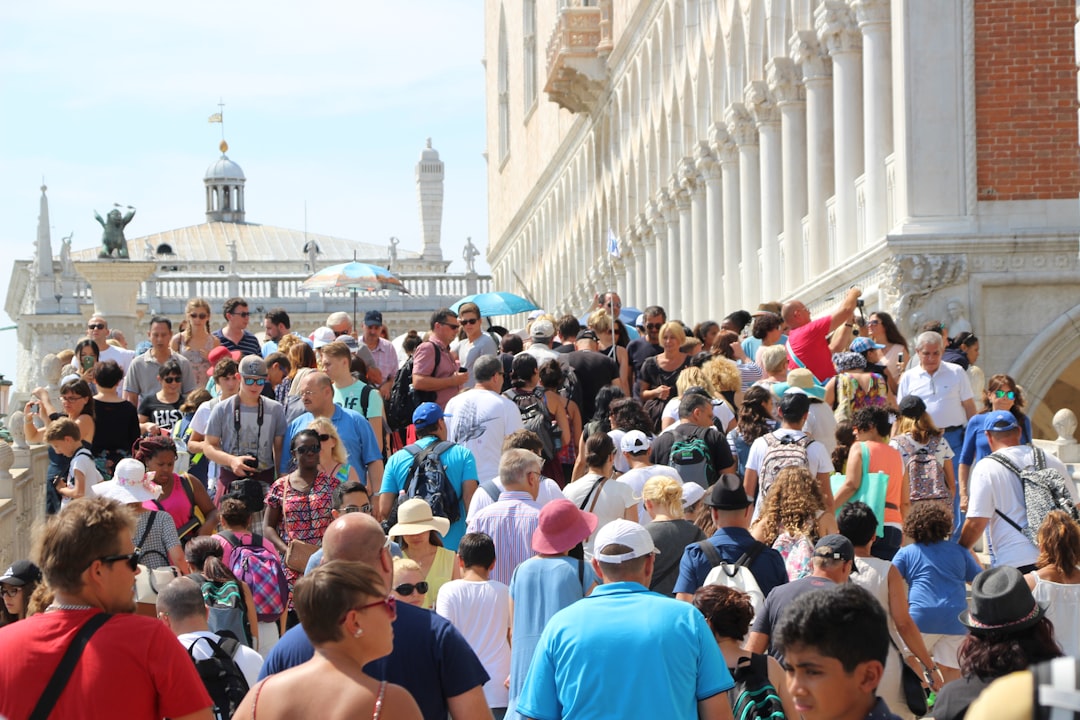
European destinations increasingly charge premium prices without delivering premium experiences. Overcrowding at popular attractions, declining service standards, and infrastructure strain create situations where travelers pay more for less enjoyable experiences than in previous decades.
More people are traveling, but they aren’t staying as long. Early 2025 data shows that overnight stays are rising more slowly than arrivals, which points to shorter trips. This change may be due to higher costs, as both local and international vacation packages now cost 10–12% more than in 2024. Even European tourism authorities acknowledge that pricing is forcing behavioral changes.
The value equation has fundamentally shifted. Where Europe once offered rich cultural experiences at reasonable costs, travelers now encounter expensive disappointment in many traditional destinations. Street performers expect tips, public restrooms charge fees, and basic amenities carry premium prices that erode the overall travel experience.
